Description
Gymnocarpium dryopteris
Oak Fern. Gymnocarpium dryopteris is a verdant treasure of the freshest green. The short but upright stems carry their pinnae horizontally, an attractive feature. They are said to resemble an Oak’s leaves, hence the species name dryo (Greek drys – Oak), pteris (fern), but this takes a bit of a leap of imagination that I have failed to muster ! It is however a really lovely little deciduous fern for ground cover in moist shady places on non-alkaline soils. The books say it needs acid soil, but our improved Oxford Clay at neutral pH seems to suit it well. It is a British Native and is found very widely if sporadically in woods over much of Continental Europe and N.America. Only 20cm high and a slow but natural spreader. Deciduous.
Ferns
The cultivation of ferns is a huge subject, way beyond the scope of the few words I will write here. However I’ll do my best to give some notes on each genus and its peculiarities of cultivation and any other information that strikes me as interesting.
The craze for growing ferns originates in the Victorian age, gaining momentum in the latter half of the 19th Century. Fuelled by and explosion of literature Victorians went forth into the countryside to study and collect native specimens by the armful. Just as there was huge interest, so a multitude of varieties and variations were spotted, collected and names. Many, many are now lost, but some still remain and can frequently be identified by the now outlawed Latinised cultivar names such as Polystichum setiferum ‘Plumosum Densum’.
Whilst most ferns enjoy misture and a soil that never dries out completely, the requirement for water is not as necessary as many might believe. In fact, the list of ferns that enjoy a boggy site is probably much smaller than a list of those that will tolerate a dry site. Athyrium, Osmunda and Matteuccia are amongst the wettest lovers. Try these pages for more information on moisture requirements.
A generalisation would be that ferns like a fertile soil with good drainage. Many grow very well on shady banks. They frequently do best in bright shade, with most ferns being able to take a reasonable amount of sun providing that they do not endure full sun during the middle of the day. Asplenium is perhaps the most notable exception, with its leaves sometimes scorching.
As regards PH, most ferns will grow quite happily in any soil that doesn’t have and extreme of either acidity or alkalinity. If you were to rank them, Dryopteris, Athyrium and Osmunda would prefer a soil on the acid side, with Polystichum and Asplenium preferring in t alkaline. This however should be taken a s a guide not a strict prescription.
So to sum up, provided you can avoid a sunny South facing bank, or dry site on sand, you are likely to have success with ferns in a wide range of positions and soils. You might like to look at the following two pages to help refine your choices.



















































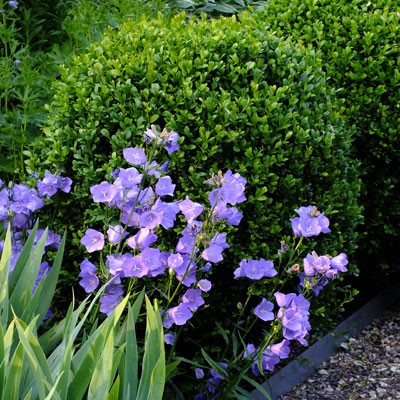
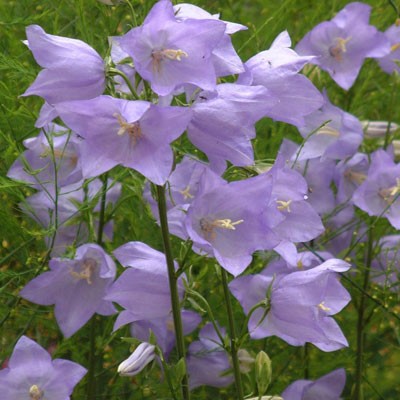
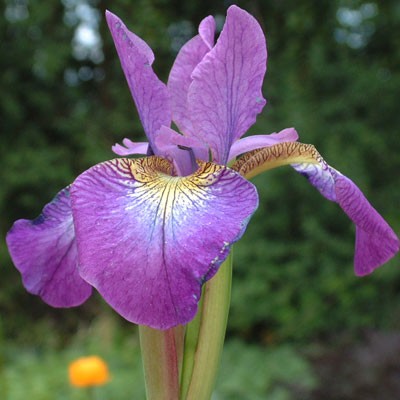
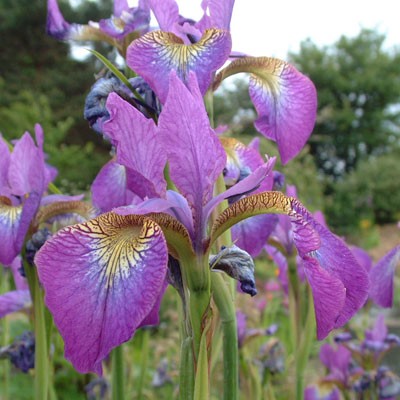
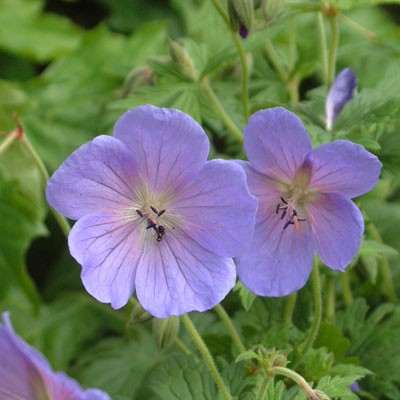
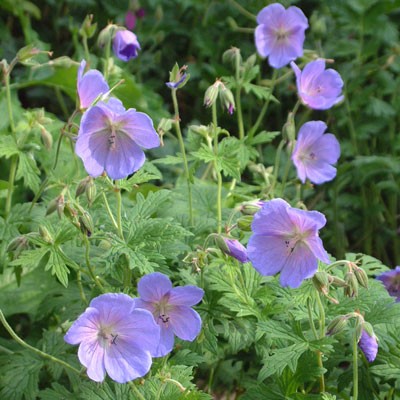
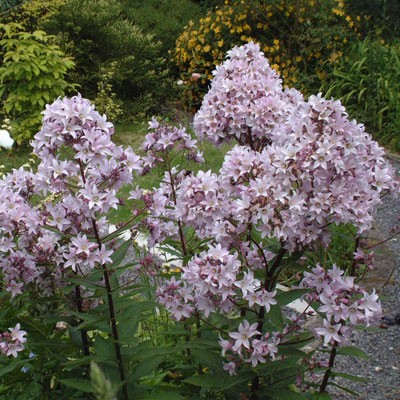
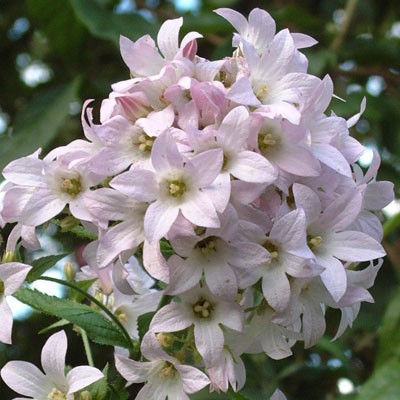
Reviews
There are no reviews yet.